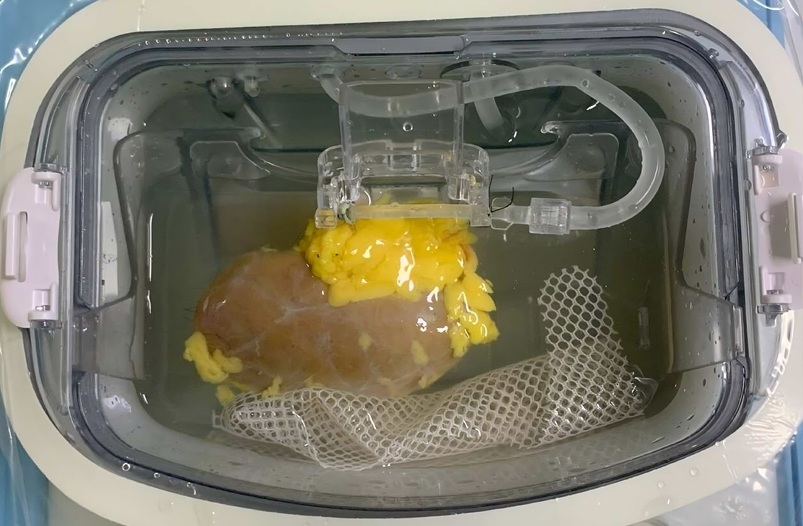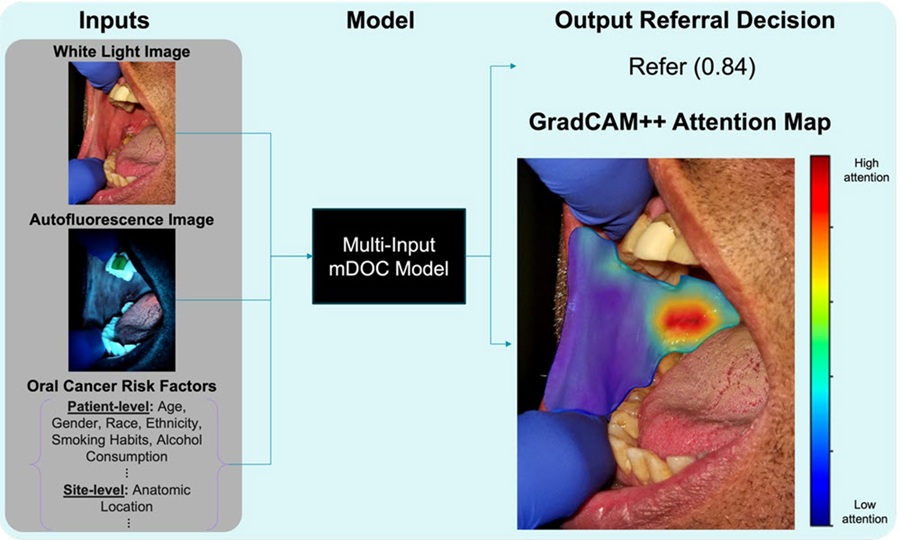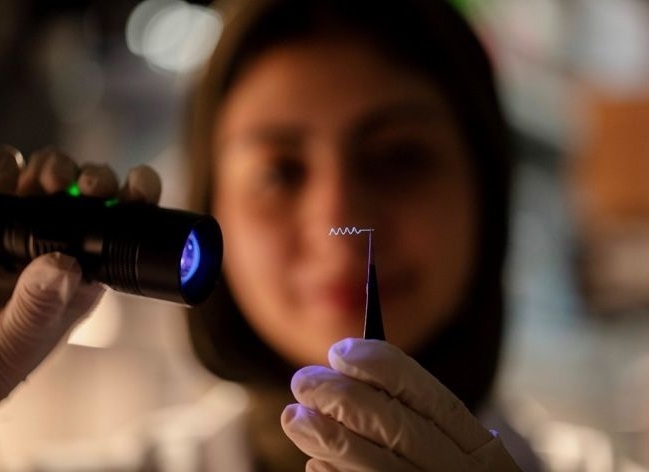Study Reveals Increased Technology Usage at Bedside by 2022
|
By HospiMedica International staff writers Posted on 07 Feb 2018 |
The powerful benefits of clinical mobility are driving an increase in the adoption of mobile technologies at every level of care. Clinical mobility is expected to transform global health services within the next five years as the use of mobile devices, such as handheld mobile computers, tablets, cordless barcode scanners and mobile printers increases in hospitals around the world.
These are the latest findings of the Future of Healthcare: 2022 Hospital Vision Study conducted by Zebra Technologies Corporation (Lincolnshire, IL, USA) which incorporated feedback from nursing managers, IT decision-makers, and patients, to offer a unique perspective from the front-line of patient care. Zebra Technologies offers rugged mobile computers, barcode scanners and barcode printers enhanced with software and services to enable real-time enterprise visibility.
According to the survey respondents, almost all hospitals expected mobile devices to be used at the bedside by nurses and physicians by 2022, as well as by other members of the care team, such as pharmacists, lab technicians, radiologists, and patient transport professionals. Close to eight out of 10 survey respondents felt positive about the use of mobile tools to improve their care.
The study identified the rising adoption of clinical mobile solutions across all disciplines by 2022, including in areas where mobility is already widely used (bedside nurses rising from 65% to 95%), as well as a major increase across other areas such as pharmacist and pharmacy technicians (from 42% to 96%), lab technicians (from 52% to 96%), and intensive care nurses (from 38% to 93%). The surveyed nursing managers and IT decision-makers expected clinical mobility to reduce errors in areas, including medication administration (61%) and specimen collection labeling (52%).
By 2022, 91% of nurses are expected to access electronic health records (EHRs), medical and drug databases (92%), and lab diagnostic results (88%) using a mobile device, thereby reducing time spent away from patients. Almost seven out of ten surveyed nurse managers credited clinical mobility with improving staff communication and collaboration as well as the quality of patient care, while 64% of surveyed IT decision-makers identified nurse-to-physician communications as a top area for improvement. Real-Time Location Systems (RTLS) will be used to locate everything from equipment, supplies and pharmaceuticals to patients and staff, allowing administrators to increase bed availability, staff workflow, and safety due to improved visibility.
98% of the surveyed IT decision-makers expected predictive analytics and early notification for life- threatening conditions, such as sepsis and hospital-acquired infection, to be sent to the mobile devices of clinicians by 2022. The majority of the surveyed patients (77%) expressed positivity about clinician usage of mobile technologies to improve the quality of their care.
“Clinical mobility is a highly transformative, powerful trend which is having a significant impact on improving the quality of patient care around the world. The sheer number of nurses and IT managers that replied to our survey to say how much mobility has improved their work speaks to a clear trend of better mobile solutions adoption in healthcare,” said Chris Sullivan- Global Healthcare Practice Lead, Zebra Technologies. “The fact that patients themselves are encouraged and enthusiastic about mobility shows it has a growing association with receiving the best standard of treatment.”
Related Links:
Zebra Technologies
These are the latest findings of the Future of Healthcare: 2022 Hospital Vision Study conducted by Zebra Technologies Corporation (Lincolnshire, IL, USA) which incorporated feedback from nursing managers, IT decision-makers, and patients, to offer a unique perspective from the front-line of patient care. Zebra Technologies offers rugged mobile computers, barcode scanners and barcode printers enhanced with software and services to enable real-time enterprise visibility.
According to the survey respondents, almost all hospitals expected mobile devices to be used at the bedside by nurses and physicians by 2022, as well as by other members of the care team, such as pharmacists, lab technicians, radiologists, and patient transport professionals. Close to eight out of 10 survey respondents felt positive about the use of mobile tools to improve their care.
The study identified the rising adoption of clinical mobile solutions across all disciplines by 2022, including in areas where mobility is already widely used (bedside nurses rising from 65% to 95%), as well as a major increase across other areas such as pharmacist and pharmacy technicians (from 42% to 96%), lab technicians (from 52% to 96%), and intensive care nurses (from 38% to 93%). The surveyed nursing managers and IT decision-makers expected clinical mobility to reduce errors in areas, including medication administration (61%) and specimen collection labeling (52%).
By 2022, 91% of nurses are expected to access electronic health records (EHRs), medical and drug databases (92%), and lab diagnostic results (88%) using a mobile device, thereby reducing time spent away from patients. Almost seven out of ten surveyed nurse managers credited clinical mobility with improving staff communication and collaboration as well as the quality of patient care, while 64% of surveyed IT decision-makers identified nurse-to-physician communications as a top area for improvement. Real-Time Location Systems (RTLS) will be used to locate everything from equipment, supplies and pharmaceuticals to patients and staff, allowing administrators to increase bed availability, staff workflow, and safety due to improved visibility.
98% of the surveyed IT decision-makers expected predictive analytics and early notification for life- threatening conditions, such as sepsis and hospital-acquired infection, to be sent to the mobile devices of clinicians by 2022. The majority of the surveyed patients (77%) expressed positivity about clinician usage of mobile technologies to improve the quality of their care.
“Clinical mobility is a highly transformative, powerful trend which is having a significant impact on improving the quality of patient care around the world. The sheer number of nurses and IT managers that replied to our survey to say how much mobility has improved their work speaks to a clear trend of better mobile solutions adoption in healthcare,” said Chris Sullivan- Global Healthcare Practice Lead, Zebra Technologies. “The fact that patients themselves are encouraged and enthusiastic about mobility shows it has a growing association with receiving the best standard of treatment.”
Related Links:
Zebra Technologies
Latest AI News
Channels
Critical Care
view channel
Light-Based Technology to Measure Brain Blood Flow Could Diagnose Stroke and TBI
Monitoring blood flow in the brain is crucial for diagnosing and treating neurological conditions such as stroke, traumatic brain injury (TBI), and vascular dementia. However, current imaging methods like... Read more
AI Heart Attack Risk Assessment Tool Outperforms Existing Methods
For decades, doctors have relied on standardized scoring systems to assess patients with the most common type of heart attack—non-ST-elevation acute coronary syndrome (NSTE-ACS). The GRACE score, used... Read moreSurgical Techniques
view channel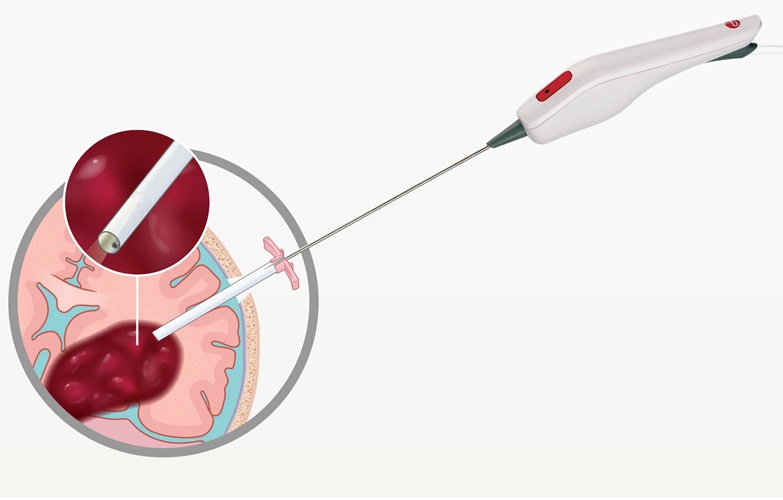
Minimally Invasive Endoscopic Surgery Improves Severe Stroke Outcomes
Intracerebral hemorrhage, a type of stroke caused by bleeding deep within the brain, remains one of the most challenging neurological emergencies to treat. Accounting for about 15% of all strokes, it carries... Read more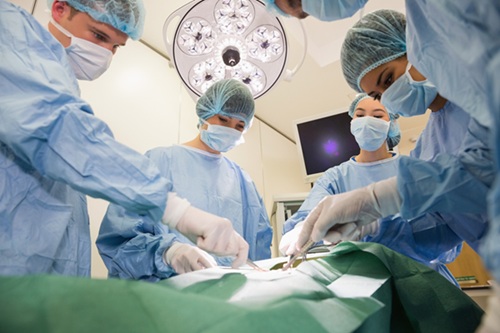
Novel Glue Prevents Complications After Breast Cancer Surgery
Seroma and prolonged lymphorrhea are among the most common complications following axillary lymphadenectomy in breast cancer patients. These postoperative issues can delay recovery and postpone the start... Read morePatient Care
view channel
Revolutionary Automatic IV-Line Flushing Device to Enhance Infusion Care
More than 80% of in-hospital patients receive intravenous (IV) therapy. Every dose of IV medicine delivered in a small volume (<250 mL) infusion bag should be followed by subsequent flushing to ensure... Read more
VR Training Tool Combats Contamination of Portable Medical Equipment
Healthcare-associated infections (HAIs) impact one in every 31 patients, cause nearly 100,000 deaths each year, and cost USD 28.4 billion in direct medical expenses. Notably, up to 75% of these infections... Read more
Portable Biosensor Platform to Reduce Hospital-Acquired Infections
Approximately 4 million patients in the European Union acquire healthcare-associated infections (HAIs) or nosocomial infections each year, with around 37,000 deaths directly resulting from these infections,... Read moreFirst-Of-Its-Kind Portable Germicidal Light Technology Disinfects High-Touch Clinical Surfaces in Seconds
Reducing healthcare-acquired infections (HAIs) remains a pressing issue within global healthcare systems. In the United States alone, 1.7 million patients contract HAIs annually, leading to approximately... Read moreHealth IT
view channel
Printable Molecule-Selective Nanoparticles Enable Mass Production of Wearable Biosensors
The future of medicine is likely to focus on the personalization of healthcare—understanding exactly what an individual requires and delivering the appropriate combination of nutrients, metabolites, and... Read moreBusiness
view channel
Philips and Masimo Partner to Advance Patient Monitoring Measurement Technologies
Royal Philips (Amsterdam, Netherlands) and Masimo (Irvine, California, USA) have renewed their multi-year strategic collaboration, combining Philips’ expertise in patient monitoring with Masimo’s noninvasive... Read more
B. Braun Acquires Digital Microsurgery Company True Digital Surgery
The high-end microsurgery market in neurosurgery, spine, and ENT is undergoing a significant transformation. Traditional analog microscopes are giving way to digital exoscopes, which provide improved visualization,... Read more
CMEF 2025 to Promote Holistic and High-Quality Development of Medical and Health Industry
The 92nd China International Medical Equipment Fair (CMEF 2025) Autumn Exhibition is scheduled to be held from September 26 to 29 at the China Import and Export Fair Complex (Canton Fair Complex) in Guangzhou.... Read more









.jpg)

